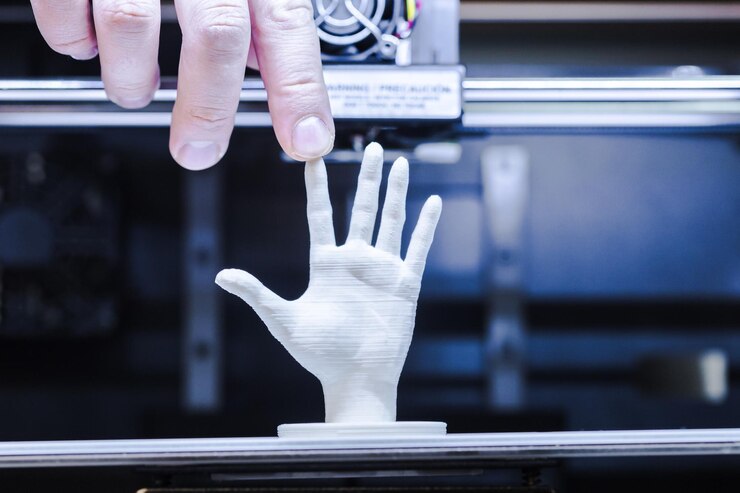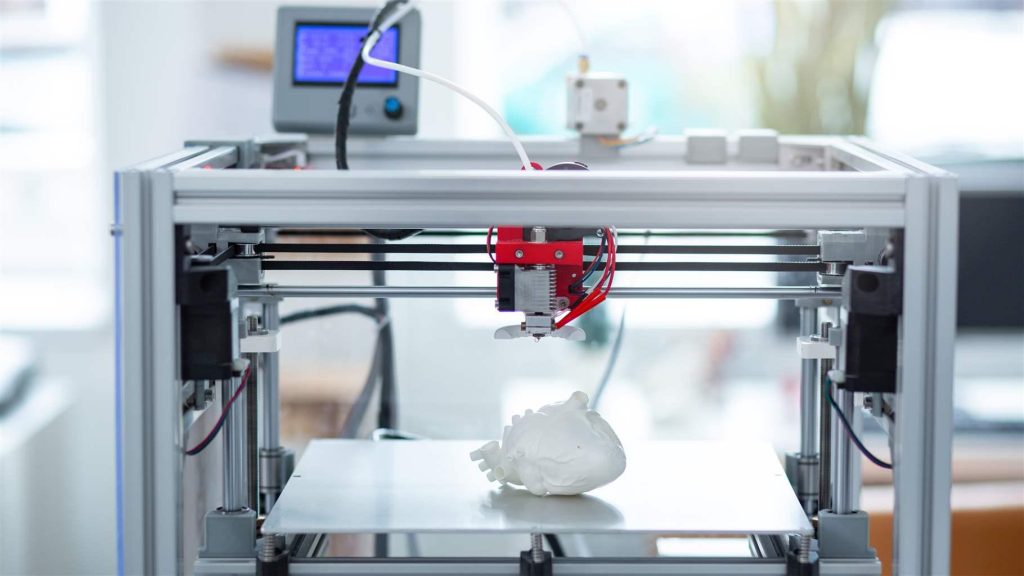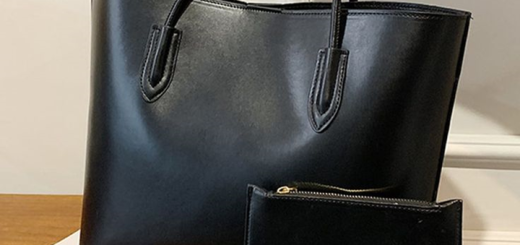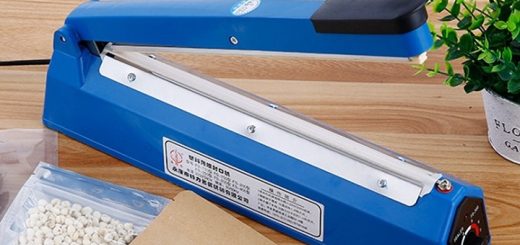Everything You Need to Know About 3D Printers
Did you know that the first 3D printer was created in the mid-1980s? It used the stereolithography technique which was very expensive at the time. However, in recent years the cost has dropped and professional SLA printers are much more affordable. These printers build three-dimensional objects out of different materials. 3D printing is a new way of making functional everyday objects and parts, everything from simple trinkets to advanced aerospace components.
What’s 3D Printing?
To put it simply, 3D printing is a manufacturing process where a material is laid down slowly. It’s done layer by layer, slowly, to create a three-dimensional object. Other building processes are considered subtractive because the materials are cut, shaped, milled, drilled or machined off. 3D printing is an additive process because the object is built from scratch.
These printers use different materials such as plastic and metal to make the objects. They can also employ different techniques as well. But one thing they have in common is the ability to turn 3D data into a physical object. This data can be made on a CAD (computer-aided design), CAM (computer-designed manufacturing) program and even from a 3D scanner.
Types of Printers

Stereolithography (SLA)
SLA printing was the first 3D technology to be commercialised. To cure the surface of the resin (which is photosensitive), this printer uses a scanning UV laser. With these machines, the object is built upside-down. The build plate goes upward with every added layer and it looks like the object is simply growing.
Some stereolithography printers create objects that aren’t cured enough. If this is the case there should be an additional exposure to UV light to finish the curing. SLA printers can have several applications, manufacturing, prototyping, jewellery, dental works, engineering and product designing, healthcare etc.
They can work with many different materials such as general-purpose acrylic resins, flexible polyurethane elastomers, rigid resins, rigid polyurethanes, ESD resins and dental and medical resins. These printers have many benefits. They can work with a lot of materials, are flexible, can add finish to the object, can produce complex parts and can create curved surfaces.
But no matter how many good features the printer has, if it’s not made by a reliable manufacturer you won’t get to use it much. One of the leading brands is Flashforge. They’ve made many incredible printers that allow you to make anything you can imagine. Each product is a user-friendly, efficient Flashforge 3D printer.
They’re especially proud of the Adventurer 5M printer. It unlocks so many creative possibilities. It’s easy to work with so it’s suitable for beginners and experienced enthusiasts. Both of the exes have independent motors controlling them which gives the printer excellent stability. It’s also made with rapid heating and faster cooling in mind.
Another great thing about it is that it eliminates vibrations. The vibration suppression will give you clean lines, sharp corners and smooth surfaces. Overall, an excellent 3D printer for people of all ages and levels of experience.
Selective Laser Sintering (SLS)
SLS printing uses a laser to blend plastic particles in layers to complete the 3D object. The powder on its own has enough structural stability so you don’t need other structural supports. These types of printers use nylon, castable polystyrene and TPU elastomer as materials.
Another good thing about these printers is that after the object is done, you can colour it as you want. The plastics that it uses are either black, white or grey so you have a good base for adding colour. The finished products will have fine, detailed features because the focal point of the laser is very small.
Fused Deposition Modelling (FDM)
These types of printers use plastic that comes in the form of a filament on a spool. There’s a cavity that the filament goes through to get to make the 3D object. This cavity heats it to a melting point and makes it workable. Once it’s melted the plastic goes through a nozzle that layers it together to make the final product.
How Do 3D Printers Work?
3D printers can use many different technologies to work. The most common one is FDM or fused filament fabrication. The filament inside is melted and deposited in layers. There’s also multi-jet modelling where the system sprays a coloured binder to keep the object together. This is a fast method that can work with many colours.
SLS or sensitive laser sintering includes a high-powered laser that can fuse plastic, metal, glass and ceramic particles. This way you get a recyclable object. The electron beam system melts metal powder layer by layer with an electron beam. Every printer, including the Flashforge 3D printer, can handle different materials so choose the ones that work best for you.
What Software Do They Use?

There are 3 main software packages your 3D printer can use. The first one is Ultimaker Cure. This software is suitable for any FDM printer made by any brand. The second one is PreForm which is great for SLA parts. The last one is 3S Sprint which is developed to make parts for many machines such as FDM, SLS and SLA.
What Can You Make?
The answer to this question is quite easy, these printers, including the Flashforge printer, can make anything. The list is long and it includes furniture, shoe designs, castings for gifts, tools, jewellery and toys, sculptures, architectural models, duplicates of dinosaur skeletons, bones, prosthetics, artificial teeth and many, many more.
How to Produce High-Quality Prints?
There are a few “rules” or guidelines you should follow to get high-quality products. Try to have as little overhangs as you can. Minimise the layer height to get the best surface uniformity. Reduce the printing speed. It’ll take more time to get the final product but it’ll be of better quality. Last but not least, always choose the right materials for the job.
How to Maintain a 3D Printer?
3D printers require maintenance just like any other machine. Each printer will come with a manual you should follow, but there are a few basic things you can do. Clean it regularly. Get rid of the dust and wipe it down after every use. Otherwise, your object can lose its quality. Every once in a while, the belts will require replacing or a bit of adjustment in the tensioning. Keep everything that needs lubrication lubricated and check for possible damages.






